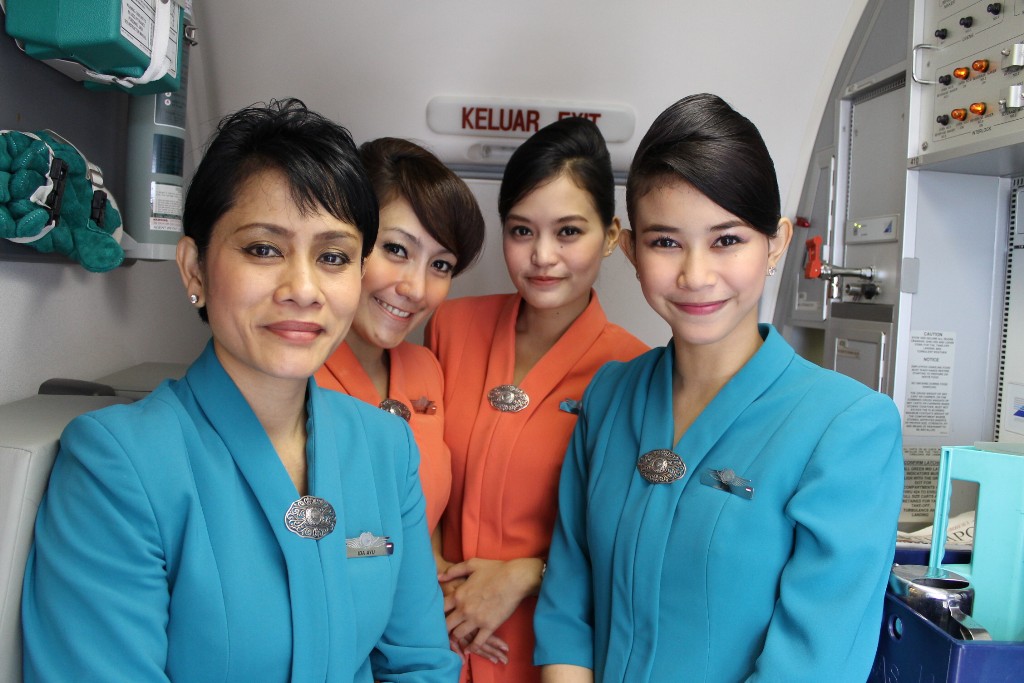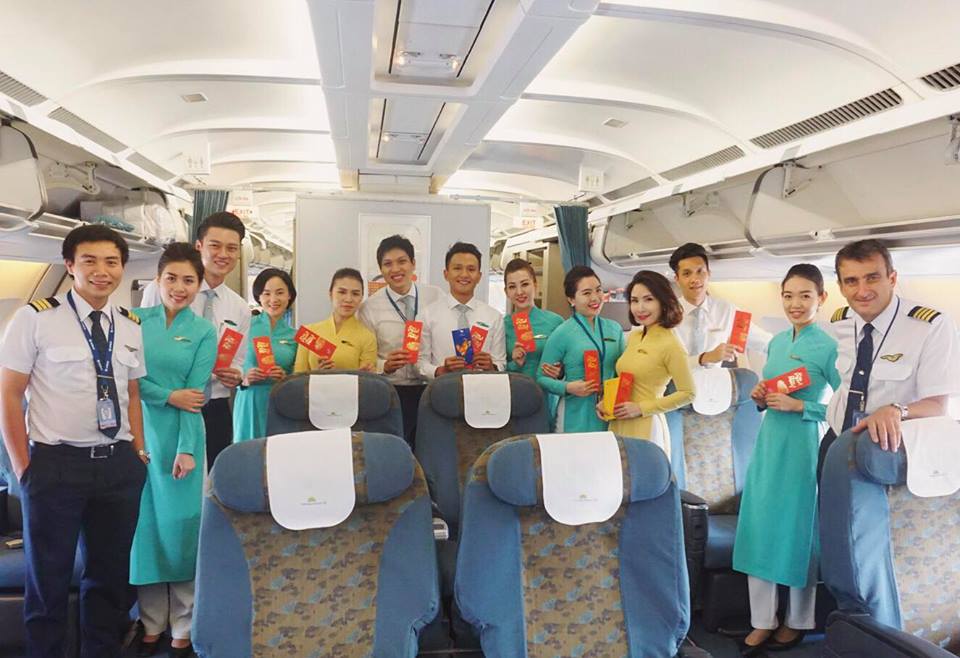Southeast Asia is known for its rich cultural traditions, vibrant colors, and stylish flair, and these elements are not confined to land. In the skies, flight attendants from the region’s top airlines often don uniforms that reflect national identity while maintaining elegance and practicality.
For travelers, a flight attendant’s uniform is often the first visual representation of the airline and, by extension, the country itself. From traditional fabrics to modern cuts, here are some of the standout flight attendant uniforms from Southeast Asia.
Singapore Airlines

Few airline uniforms are as instantly recognizable as the sarong kebaya worn by Singapore Airlines flight attendants. Designed by Parisian couturier Pierre Balmain in 1968, this outfit has become an enduring symbol of Asian hospitality and refinement.
The uniform is based on a traditional Southeast Asian garment and comes in four colors to denote seniority among the cabin crew.
The intricate patterns and figure-hugging fit evoke both tradition and sophistication. Worn with grace and pride, the sarong kebaya doesn’t just serve as a uniform, it tells a story of heritage, style, and a commitment to top-tier service.
Thai Airways

Thai Airways takes a distinctive approach with uniforms that celebrate the country’s culture. Female flight attendants wear a two-part uniform: a traditional Thai silk outfit for boarding and deplaning, and a more practical Western-style suit during the flight.
The traditional uniform is a standout piece, featuring a shoulder sash and rich colors like royal purple and gold, often sourced from Jim Thompson silks.
This dual-uniform system not only pays tribute to Thailand’s cultural aesthetics but also ensures comfort and mobility during long-haul flights. The overall look is one of elegance and respect for tradition, elevating the in-flight experience with a cultural touch.
Garuda Indonesia

Garuda Indonesia’s uniforms are another example of how national identity is woven into design. Drawing inspiration from the kebaya, a traditional blouse-dress combination worn in Indonesia, the uniform is created to reflect grace and professionalism.
The design was modernized by Indonesian designer Josephine Werratie Komara, also known as Obin, who specializes in reviving traditional Indonesian textiles. The color scheme includes soft blues, greens, and purples that symbolize peace, fertility, and spirituality.
Garuda’s uniforms embody the warmth and poise expected from Indonesian hospitality, with each garment tailored to reflect the values and beauty of the culture.
Philippines Airlines

Philippine Airlines opts for a more Western silhouette in its uniforms but includes subtle touches that reflect the country’s tropical character and cheerful spirit.
The latest design features a navy-blue blazer with a crisp white blouse and a colorful scarf adorned with stylized sunbursts and native patterns.
It is sleek, professional, and easy to move in, designed for long-haul journeys while still incorporating national motifs.
Though more understated compared to some of its neighbors, the Philippine Airlines uniform maintains a sense of dignity and charm that represents Filipino hospitality.
Vietnam Airlines

Vietnam Airlines has made the traditional Vietnamese ao dai the centerpiece of its flight attendant uniform. The long, form-fitting tunic worn over trousers is not only visually stunning but also emblematic of Vietnamese culture.
The uniform comes in varying shades of blue and gold, colors that are associated with prosperity and optimism. Its flowing silhouette and high neckline offer a sense of elegance and modesty, while still allowing comfort during service.
The ao dai has been modernized to accommodate in-flight needs, but it still retains the delicate, graceful aesthetic that makes it one of the most admired uniforms in the region.



















